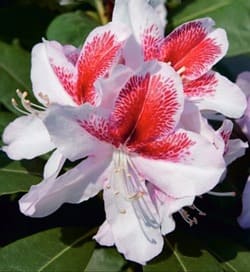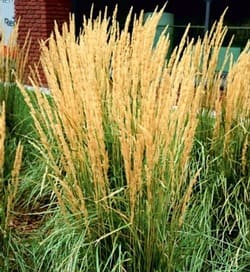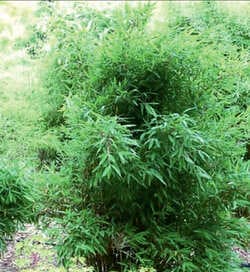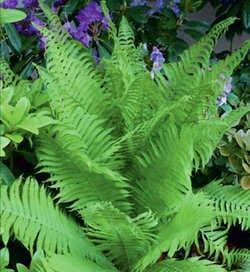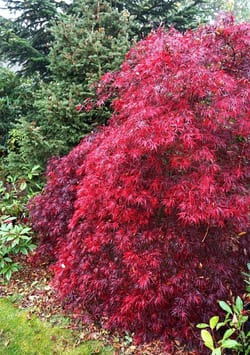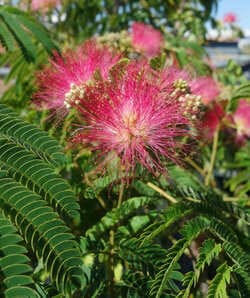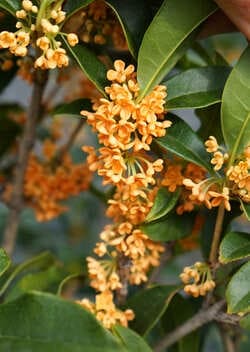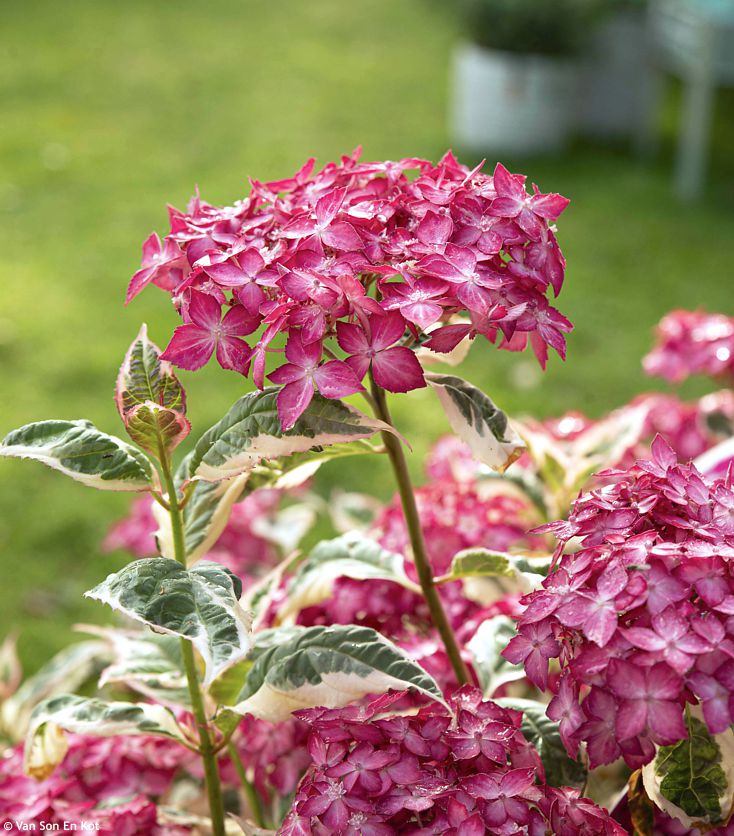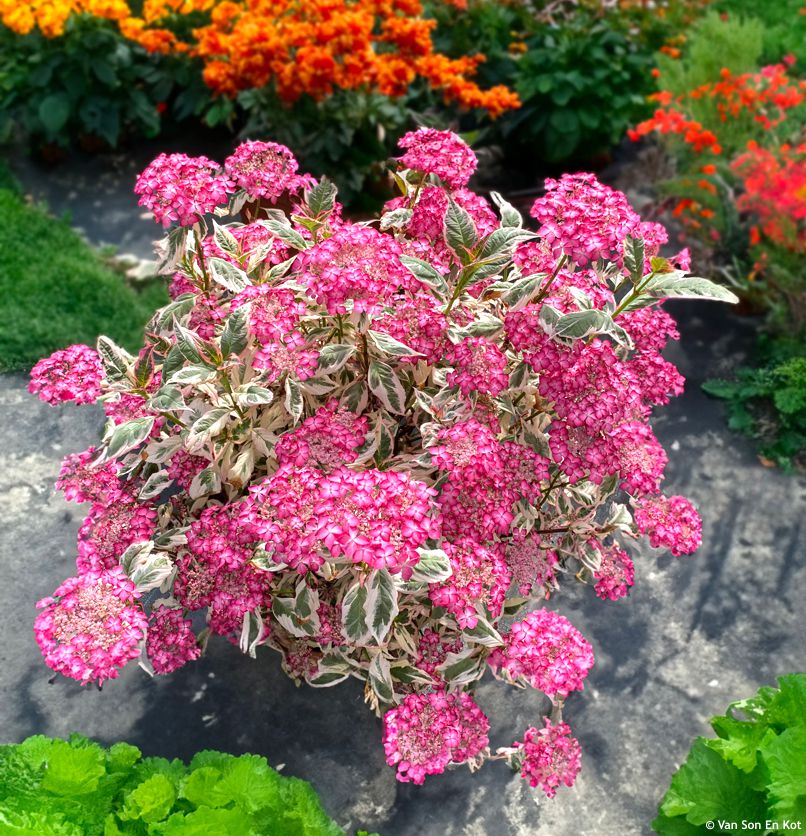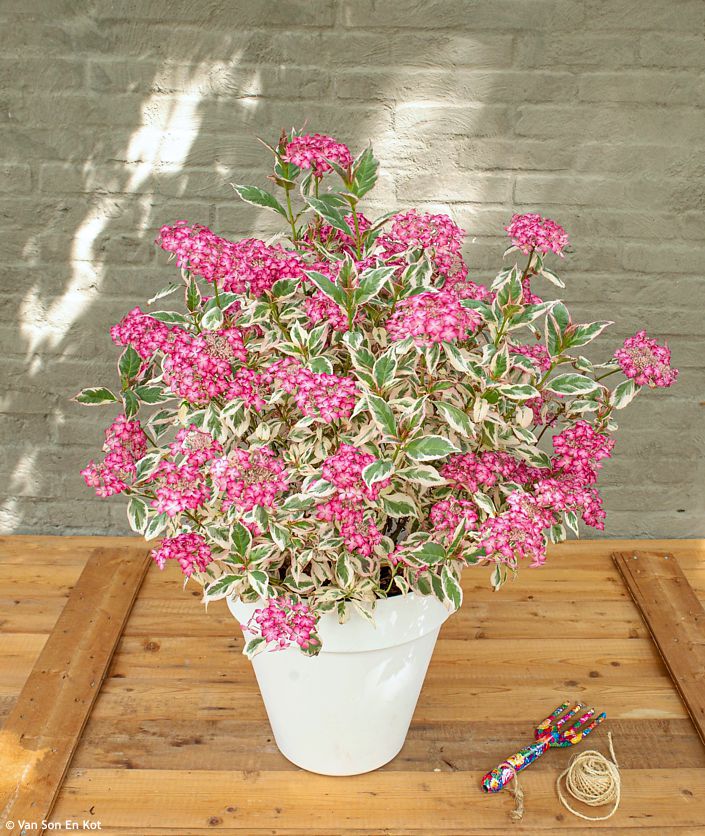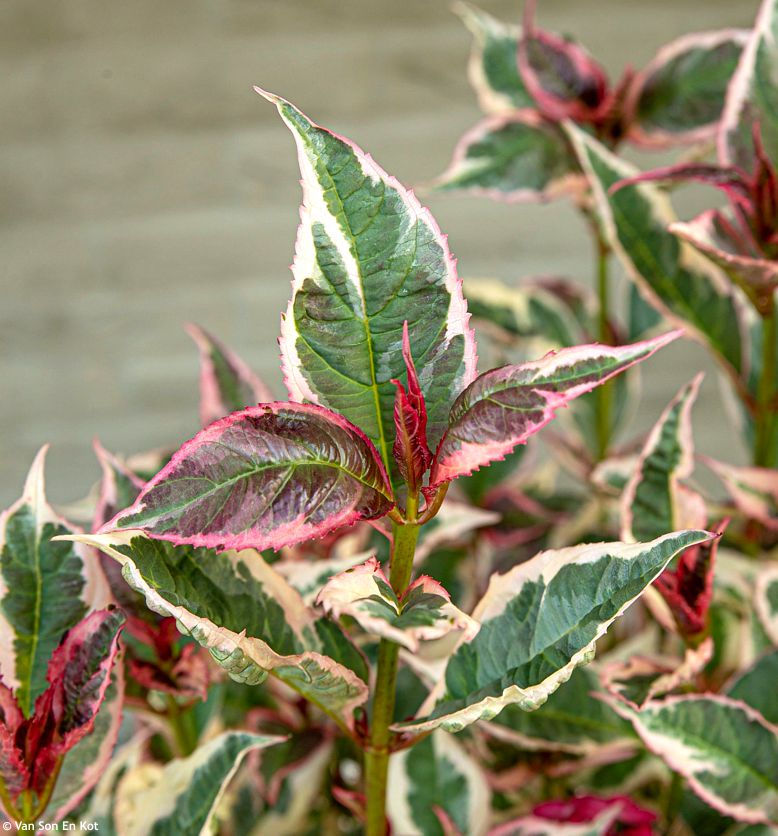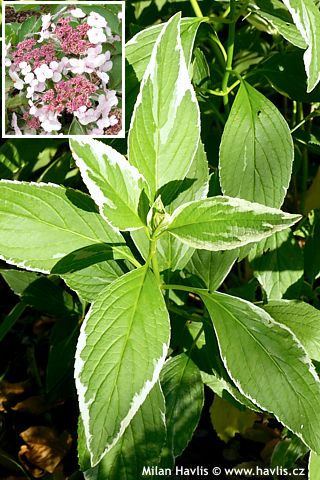Hydrangea serrata 'Gotemba Nishiki' EUPHORIA PINK mountain hydrangea
Hydrangea
The genus Hydrangea includes approximately 70–75 species of woody plants, occurring naturally mainly in East Asia, with a smaller representation in North and South America. The greatest species diversity is found in Japan and China, where hydrangeas have become part of both the cultural landscape and the gardening tradition. The first scientific description of the genus was published by Carl Linnaeus in 1753 in his Species Plantarum. Later botanical research even documented fossil finds of hydrangeas from the Tertiary period in North America, pointing to their long evolutionary history. Hydrangeas reached Europe at the end of the 18th century thanks to botanical expeditions and quickly became popular ornamental shrubs.
The mountain hydrangea (Hydrangea serrata) originates from the upland regions of Japan and Korea, where it grows in cooler, moist forests and along mountain paths. It was botanically described by the Swedish naturalist Carl Peter Thunberg, a student of Linnaeus, who worked in Japan in the 1770s and brought it to Europe along with many other local plants. From the beginning it stood apart from the better-known bigleaf hydrangea (Hydrangea macrophylla) with its smaller, more delicate build. Thanks to its natural occurrence at higher elevations, it developed greater cold tolerance, making it a more reliable choice for temperate and cooler regions. In Japan it is traditionally associated with tea ceremonies – its leaves were used to prepare the sweet drink amacha, served at Buddhist celebrations of the Buddha’s birth.
Looking for euphoria? Here we go. But no pills – just flowers! Euphoria Pink is a modern jewel among mountain hydrangeas, casting a spell on you before you know it. Its leaves are not only strikingly variegated in green and white, but when they emerge, they glow such a vivid pink, as if saying: ‘Who needs flowers when you’ve got this?’ Still, despite the bragging, by late June the flowers arrive, eager to outshine the foliage: bright pink, arranged in flat-topped corymbose cymes, typical lacecap. The inflorescences are smaller, about 10–15 cm across, composed of fertile flowers in the center and larger sterile florets around the edge. The pink colour dominates in neutral to alkaline soils, while in acidic soils it shifts toward purple/violet. The habit is compact, dense, and dome-shaped, about 1 meter tall and wide, which sets it apart from the natural species that grows much larger.
The cultivar was bred by Japanese hybridizer T. Nagasaki and registered in 2023 for plant breeders’ rights protection in the European Union, represented there by the Dutch company Van Son & Koot. T. Nagasaki is also known for Hydrangea macrophylla ‘Miss Saori’, which won the prestigious RHS Chelsea Plant of the Year award in 2014 – a true testament to his skill, since making a mark on the British gardening scene, with its centuries of tradition and even royal patronage, is no easy feat.
Thanks to its compact growth and variegated foliage, ‘Euphoria Pink’ is an ideal choice for smaller gardens, front yards, or planters on terraces and patios. Want to use it as a source of light? Pair it with the dark-leaved black elder. Want a splash of color? Slip it among rhododendrons, which after flowering remain unchanged until the following spring. Want vibrancy? Plant five shrubs or tall perennials of similar height but dramatically different foliage and habit, and create an explosion in the garden – ferns, Mexican mock orange, dwarf Japanese spindle, dwarf cherry laurels, bugbanes, or dark-leaved lobelias.
The mountain hydrangea prefers moist, never dry but well-drained soil, and a sunny to partially shaded site. If grown in full sun, regular watering is essential, especially in the first years after planting. Fertilizing to support flowering is beneficial. It flowers on previous year’s wood, so pruning is not recommended – otherwise you risk losing the following season’s blooms. This hydrangea is hardier than the bigleaf hydrangea and reliably withstands temperatures down to –25 °C (USDA zone 6), possibly even lower.
Last update 10-10-2025












